Emanuele Lecchi has posted an article on the upcoming denoiser which will be part of the new service pack for V-Ray. The new denoiser will offer per-element denoising: the ability to operate with different heuristics on each of the generated effect (Direct Lighting, GI, Reflections, Refractions, and so on.), plus many other features which are aimed at improving image quality, and reducing render times. You can read the full article on LinkedIn.
Denoising, the V-Ray way
Related Posts
Recent Comments
- paul on Miauu releases Layer Colorizer for 3ds Max
- Jumanji on RenderMan 27 beta released
- Animatect on Autodesk pitches AI future for media and entertainment at AU 2025
- Jumanji on SceneLinter Pro: free scene validation script for 3ds Max
- nomad on Anym introduces physics-based animation engine for sparse keyframing in Maya, Blender and C4D
Popular Stories

CGPress is an independent news website built by and for CG artists. With more than 15 years in the business, we are one of the longest-running CG news organizations in the world. Our news reporting has gathered a reputation for credibility, independent coverage and focus on quality journalism. Our feature articles are known for their in-depth analyses and impact on the CG scene. “5 out of 5 artists recommend it.”
© 2025 CGPress


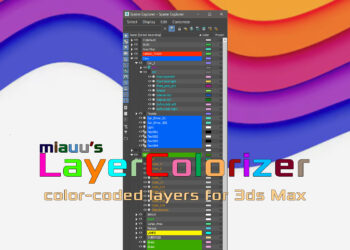
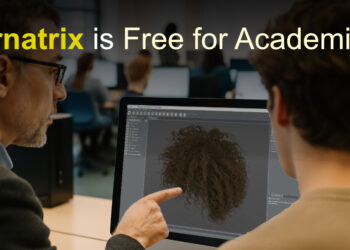

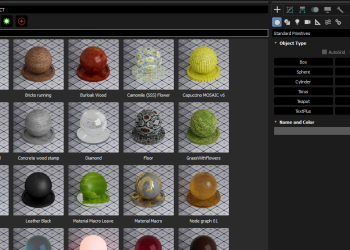
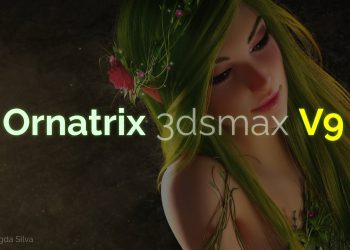
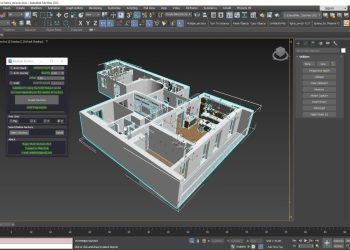


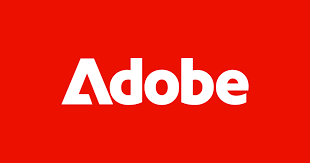
whats the difference between this and corona denoiser?
There are several differences, aside from the different algorithms:
(*) V-Ray can update the denoised result during progressive rendering so you can check out how it’s coming along and stop the render if the denoised result is good enough;
(*) The denoiser has a mode to operate on different render elements and then compose the final image back; this variant allows it to better preserve texture detail;
(*) You can go back and adjust the denoised result after a render is complete to try out different settings;
(*) The V-Ray denoiser supports hardware acceleration which can make it anywhere between 5 and 15 times faster than the pure CPU version;
(*) There is also a standalone command-line denoiser that can be used to denoise images outside of 3ds Max. This is useful in several situations:
a) when denoising animations, the denoiser can look at several frames at once. This allows you to get better results with noisier original frames and lower render times overall;
b) if you need to do some kind of post-processing, like put together one image stitched together from many tiles, you can run the denoiser on the final stitched result.
c) you can denoise images coming out from other render engines.
Best regards,
Vlado
what about for production ? is there any way to link the denoiser with say a plugin for after effects ? like how you can export motion vectors for motion blur ? it would be useful to be able to tweak on the fly to see what you can get away with in a production/vfx environment, not just in max or command line.